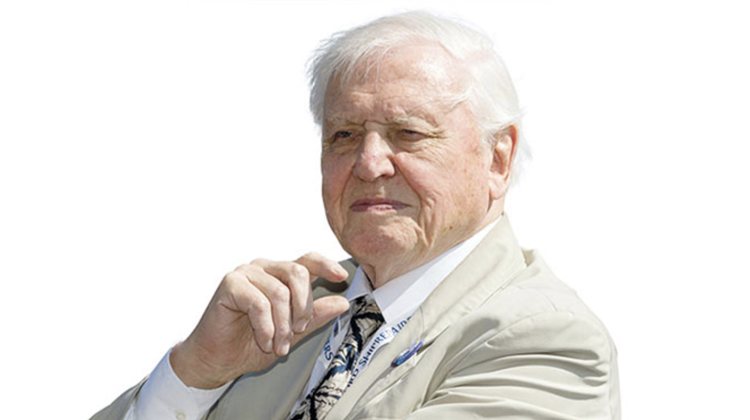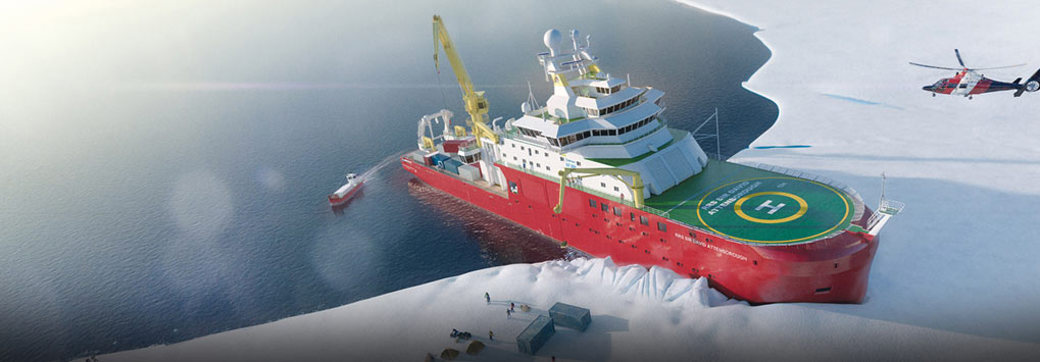
Pioneering polar research
A new depth of knowledge brought to Arctic exploration.
Pioneering polar research for decades to come
Thousands lined the banks of the River Mersey to see one of the most advanced ships to ever be built in the UK, take to the water for the first time.
At precisely 12:25 on 14 July this year, the RRS Sir David Attenborough edged down the slipway at the famous Cammell Laird yard to mark the latest chapter in the story of British polar research.
Shipyard workers, engineers, scientists and maritime industry experts joined world-renowned broadcaster Sir David Attenborough, to celebrate this remarkable engineering achievement. Commissioned by the Natural Environment Research Council (NERC), built by Cammell Laird and operated by British Antarctic Survey (BAS), this is the largest civilian ship to be built in the UK for 30 years.
Cammell Laird was selected by NERC in 2015 to be the prime contractor for the £200m project, beating off competition from Europe and the Far East to build this floating laboratory that will pioneer polar research for decades to come. We were subsequently contracted by Cammell Laird for the ship’s design and the supply of a range of equipment.
The 129 metre-long vessel, our UT 851 design, will be completed in the coming months, with sea trials and its maiden expedition scheduled for 2019. Cammell Laird CEO John Syvret CBE said: “The RRS Sir David Attenborough will be one of the most advanced ships of its type in the world. I want to thank NERC, British Antarctic Survey, Rolls-Royce, Lloyds Register, Houlder Trust and the entire supply chain for their commitment and support. This is one team – ‘Team UK’ – working in partnership to deliver a unique ship with unique capabilities and capacity.”
British Antarctic Survey
BAS is a world leader in polar science, maintaining the UK’s long history of Antarctic discovery and scientific endeavour. Employing more than 450 people, it operates three research stations in the Antarctic – Rothera, Halley and Signy – also carries out biological research on the island of South Georgia. BAS research has secured invaluable data to help address issues such as climate change, ozone depletion and changing biodiversity.
The UT 851 design of the new ship, which will eventually replace two ships currently operated by BAS, features an extensive range of Kongsberg Maritime equipment, including four Bergen B33:45 diesel gensets, with double resilient skids or foundations. The double resilient foundation is a major contribution to the vessel’s Silent R classification. In addition to the main engines, there are two main electrical tandem propulsion motors, propeller shafts, propellers, rudders, steering gears and winches. Kongsberg Maritime is also supplying the motors and drives for the four thrusters.
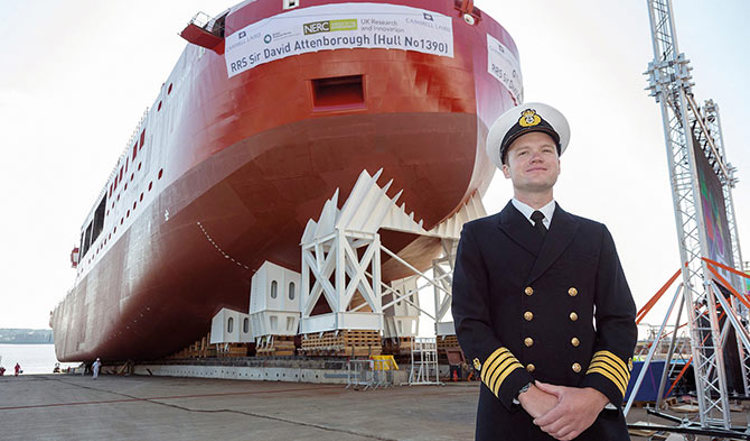
Captain Will Whatley, who has been working in the polar regions for the last 10 years, will command the new ship. He said: “We’ve got a ship here that’s got lots of features designed into it to mitigate the hazards of the polar regions and make the job as easy as possible. It’s bigger and we hope it will be a smooth ride across the Southern Ocean. Certainly, from the model tests it looks good.”
Kongsberg Maritime winches with multiple types of scientific cable. Cleverly arranged in the small scientific winch room, they allow the deployment of vital scientific equipment, either over the vessel’s starboard side, aft, or through the moon pool. These include instruments for subsea acoustic survey equipment, using up to 12,000m of wire, or to collect seabed samples at depths of down to 9,000m.
The new ship will transform research capabilities, as Professor Dame Jane Francis, Director of British Antarctic Survey explains: “It really will be a step change in how we operate, supporting UK science in both the Arctic and Antarctic. It has longer endurance, and has high-tech scientific equipment on board. We’ll be able to undertake science in more remote areas than we’ve ever been able to go before. The Sir David Attenborough is an amazing ship and I hope it will inspire future generations.”
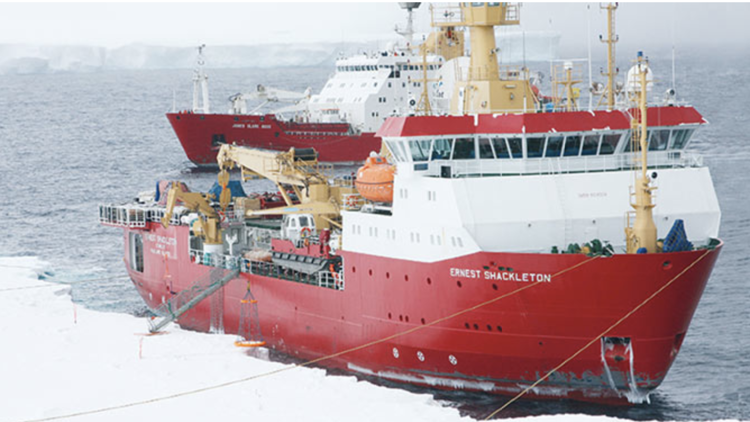
The Sir David Attenborough will replace the two BAS ships, including the Bergen-powered Ernest Shackleton. Image courtesy: British Antarctic Survey.
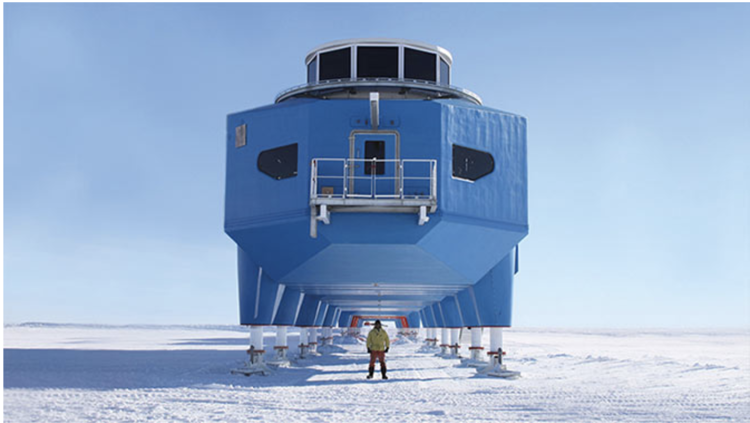
The modular design Halley VI is the UK’s most isolated research station. Image courtesy: British Antarctic Survey.
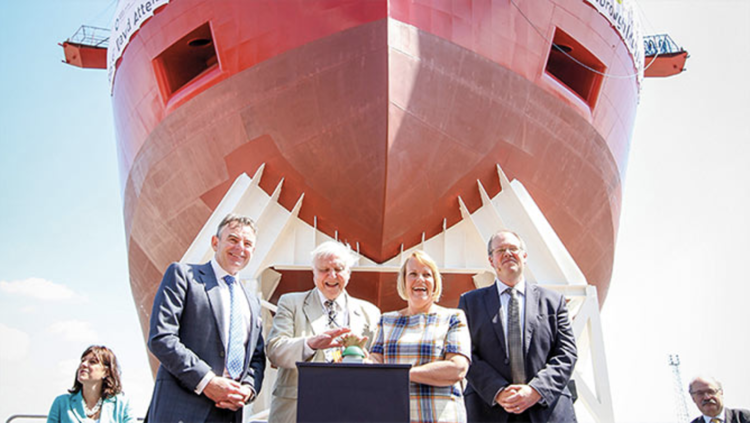
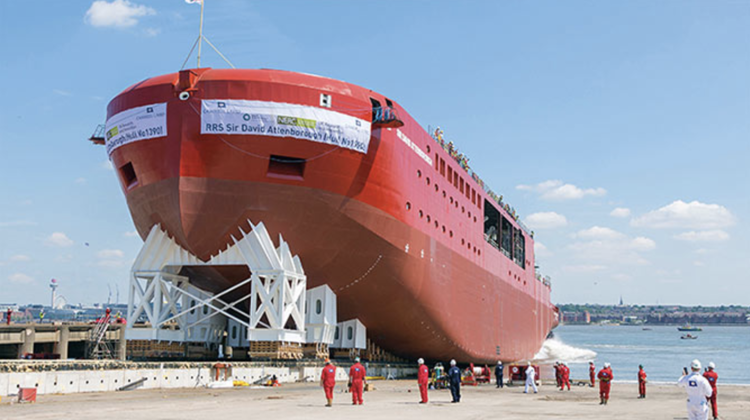
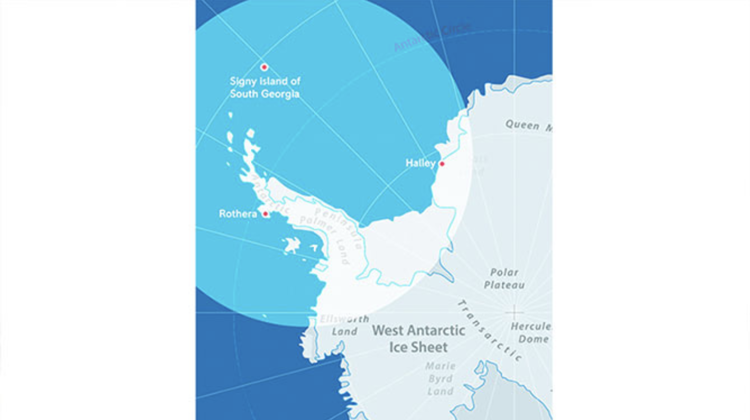
The light area shows the icy regions where the new vessel will operate.
